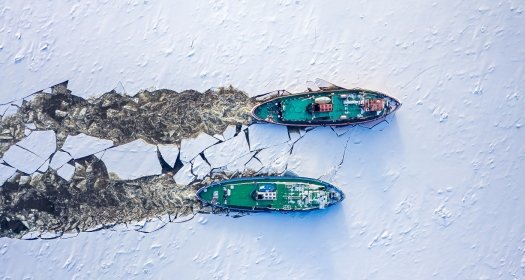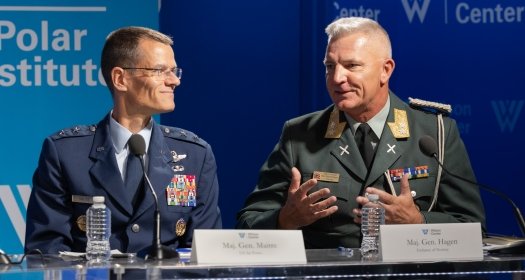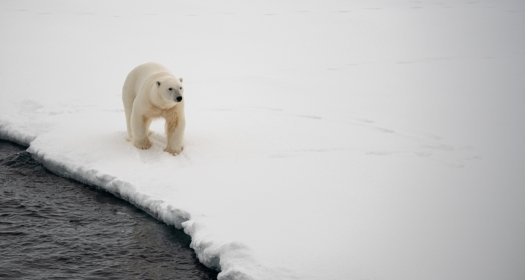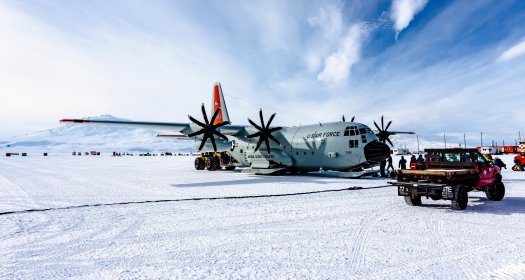

US Polar Leadership Project
The next few years are critically important to build support for US leadership in the Arctic and Antarctica ahead of the upcoming US Chairship of the Arctic Council (2031-2033) and the 5th International Polar Year (2032-2033). These milestones come at a time when the polar regions are under increased geopolitical pressure. We must be ready to meet the moment and deliver on strategic priorities. The US Polar Leadership Project is a multiyear, multi-agency initiative spotlighting the necessity and benefits of American engagement in the poles.
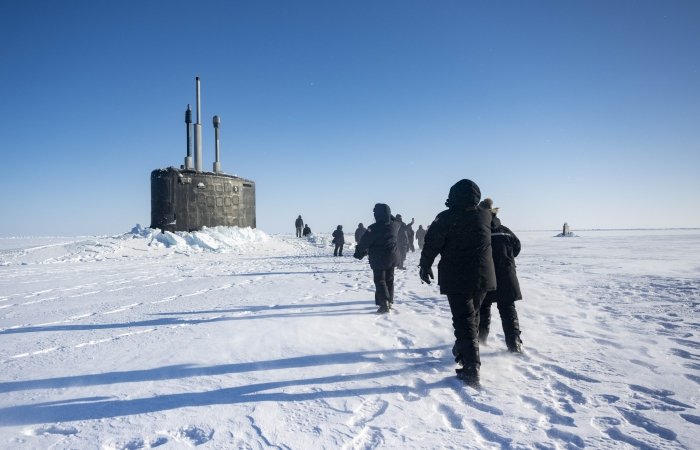
Letter from the Director
Read the US Polar Leadership "Letter from the Director," which outlines the motivations for the project and the opportunities this initiative provides for US engagement and leadership in the polar regions at an incredibly critical time.
Read NowThe recently announced Icebreaker Collaboration Effort (ICE Pact) by the US, Canada, and Finland, is a collaboration intended to strengthen shipbuilding and maritime industrial capacity through closer cooperation on polar icebreakers. Visit the Wilson Center's ICE Pact hub for reactions and insights from the Polar Institute, Canada Institute, Global Europe Program, and Wahba Institute for Strategic Competition.
Read NowThe US Department of Defense released a new Arctic Strategy on July 22. The next day, senior leaders stopped by the Wilson Center to talk about the new strategy and evolving conditions in the Arctic. Amanda Dory, Acting Under Secretary of Defense for Policy, delivered a comprehensive overview of the new strategy and its three main lines of effort: enhancing domain awareness and capabilities to campaign in the Arctic, engaging with allies and partners, and exercising a calibrated presence in the region.
Read NowExplore the background and impact of the US ECS Project through a variety of ECS-related publications and content, and dive into an informative journey through the depths of maritime boundaries and resources.
Learn MoreOn May 17, The White House released the National Security Memorandum on United States Policy on the Antarctic Region, marking the first update to regional policy since 1994. The memorandum represents a significant reaffirmation of US interests and commitment to the Antarctic region. Read reactions and analyses to the memorandum here.
Learn More
Our Sponsors
-
US National Science Foundation
-
US Coast Guard
-
US Arctic Research Commission

